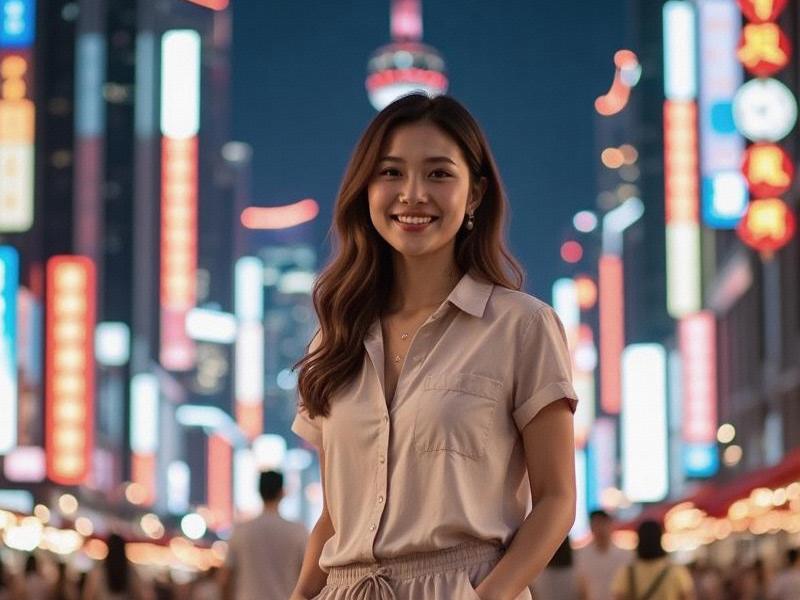
As dawn breaks over the Huangpu River, Shanghai reveals its dual personality - a city where 19th century stone buildings reflect in the glass facades of quantum computing centers, where traditional tea houses share streets with AI-powered convenience stores. In 2025, China's financial capital has perfected this balancing act, emerging as a template for 21st century urban civilization.
The physical transformation is most visible in Pudong's new "Vertical City" district. Here, the Shanghai Tower is no longer the solitary giant, but part of a cluster of interconnected megastructures. The newly completed Cloud Cluster Complex features:
- Skybridges at multiple levels creating 3D pedestrian networks
- Vertical parks with microclimates supporting rare plant species
- Subterranean automated logistics highways reducing surface traffic
- Building-integrated photovoltaic skins generating 40% of energy needs
上海龙凤阿拉后花园 Yet just across the river, The Bund maintains its historical grandeur. The 2023 Heritage Conservation Act has transformed Nanjing Road into a "living museum," where augmented reality glasses overlay historical images onto contemporary storefronts. Traditional shikumen neighborhoods now house hybrid spaces - part artisan workshops, part tech incubators - preserving cultural identity while driving innovation.
Shanghai's economic evolution reveals surprising trends. While still dominant in finance (hosting Asia's largest carbon trading platform), the city has strategically diversified:
1) Becoming the global hub for synthetic biology (30% of world's lab-grown materials R&D)
2) Leading in "phygital" retail (70% of luxury brands have flagship experience centers here)
3) Developing as the Asian base for space tourism companies (first suborbital flights scheduled for 2026)
上海龙凤论坛419 The education sector reflects this transformation. NYU Shanghai and other Sino-foreign institutions now graduate "T-shaped professionals" - deep specialists with broad cultural fluency. The newly established Shanghai Future Skills Academy offers micro-degrees in emerging fields like "urban resilience engineering" and "human-AI collaboration design."
Cultural life thrives in this high-tech environment. The Power Station of Art has pioneered "neuro-aesthetic" exhibitions where brainwave sensors adjust displays to viewers' responses. At the same time, traditional kunqu opera performances now incorporate real-time holographic translations, attracting diverse audiences.
Shanghai's green initiatives set global benchmarks. The "Sponge City" program has transformed 60% of urban surfaces into permeable, water-absorbing areas. The city's air quality index now rivals Vancouver's, thanks to the world's largest urban air purification system and a fleet of 200,000 electric autonomous taxis.
The upcoming 2025 World Expo (focused on "Sustainable Urban Living") will showcase these achievements through:
上海娱乐 - The Bamboo Pavilion demonstrating carbon-negative architecture
- The AI Harmony Garden visualizing machine learning through plant growth patterns
- The Future Food Arena featuring Shanghai's breakthroughs in cellular agriculture
What truly distinguishes 2025 Shanghai is its social innovation. The "15-Minute Community Life Circle" initiative ensures all residents can access daily necessities within a quarter-hour walk. Blockchain-based "social credit 2.0" emphasizes positive contributions like volunteering and environmental stewardship over punitive measures.
As night falls over Lujiazui's lightshow, Shanghai demonstrates its most remarkable achievement - creating a future-facing city that remains deeply human. In this metropolis of 30 million, ancient courtyard houses host quantum computing meetups, delivery robots yield to tai chi practitioners in morning parks, and the scent of xiaolongbao mingles with the ozone of charging stations. This is urban civilization reimagined - not as a technological utopia, but as a place where progress serves people, and tradition guides innovation.
